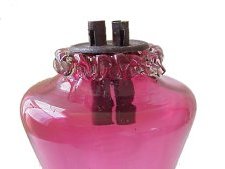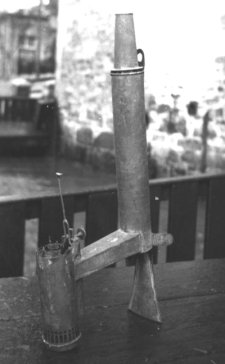| Whale Oil Uses |
|
Home |
Lighting One of the earliest uses of whale oil was for burning in lamps to light houses. Originally the smell associated with whale oil went largely unnoticed but as sweeter oils became available whale oil began to lose its popularity. By the middle 1800s the homes of the wealthy upper classes were generally lit by smokeless and odourless candles made from high quality oil from sperm whales. Eventually whale oil was replaced by mineral oils, coal gas and ultimately , electricity. From the late 1700s the British textile industry had begun to expand rapidly and rather more utilitarian whale oil lamps were widely used to light the interiors of the dark satanic mills where wool and cotton were spun and woven. Thanks to the whales the working classes could toil long hours and even through the night. This example of a mill lamp, dating to around 1800, comes from the village of New Lanark which was founded, in 1785, as a cotton-manufacturing centre, harnessing the natural energy of the Falls of Clyde. The industrialization of Britain, international trading and associated urbanization increased the demand for whale oil in a variety of ways; early lighthouses around the coasts of Britain burned whale oil, mills and mines required lubricants for machinery and buildings required varnish, paint and putty. However, the biggest demand came when whale oil was adopted for street lighting. The city of Hull, an early whaling port, had street lights by 1713 and by 1750 London was, arguably, the best lit city in the world, with over 5000 street lights. Some of the streetlights, particularly in the more select areas of cities, were carried on very fine lamp standards. This example, dating to 1817-25, is still to be found in Ann Street, Edinburgh. Ann Street was originally planned as one of three parallel streets to be built in a new Georgian development on the Stockbridge estate of Sir Henry Raeburn. The cast iron standard, mounted on the railings, originally carried a lamp burning whale oil. The pineapple finials at either side of the gate are a traditional sign of welcome. Links: |


